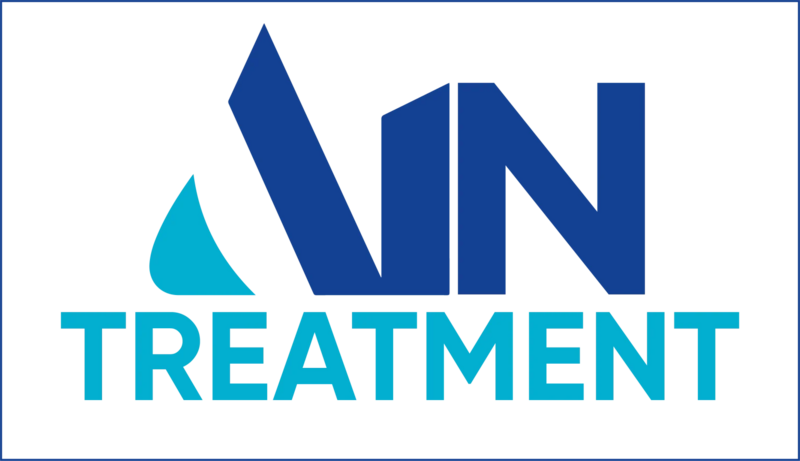Articles
The Top 5 Causes of Avascular Necrosis in Indian Patients

Share article
Avascular Necrosis, or AVN, is a condition that occurs when the blood supply to a bone is lost, causing the bone tissue to die. In India, it most commonly affects the femoral head, the ball part of the hip joint. While anyone can develop AVN, certain risk factors and causes are particularly prevalent among Indian patients.
Understanding these causes can help in identifying risks, but the most important step is always seeking a prompt diagnosis if you have symptoms. Here are the top five causes of AVN.
1. Steroid Use
The use of corticosteroid medications is the leading non traumatic cause of AVN in India. These powerful anti inflammatory drugs are prescribed for a wide range of conditions, including asthma, arthritis, autoimmune diseases, and skin conditions. Critically, their widespread use during the COVID 19 pandemic to manage severe lung inflammation has led to a noticeable increase in AVN cases. These steroids, especially in high doses, can interfere with the body's ability to break down fatty substances. These fats can clog blood vessels, cutting off the vital blood supply to the bone.
2. Excessive Alcohol Consumption
Chronic and heavy alcohol intake is another major risk factor strongly linked to AVN. Similar to steroids, alcohol can cause fatty substances, known as lipids, to build up in the bloodstream. These lipids can create blockages in the small blood vessels that feed the bones, particularly the vulnerable femoral head. Over time, this blockage starves the bone of oxygen and essential nutrients, leading to cell death and the onset of Avascular Necrosis.
3. Trauma and Hip Injuries
A direct injury to the hip can physically damage the delicate blood vessels that supply the femoral head. A severe trauma event such as a hip dislocation or a hip fracture can disrupt or completely sever this blood supply. Even after the injury has healed, the damage to the blood vessels may be permanent, causing AVN to develop months or even years after the initial incident.
4. Specific Medical Conditions
Certain underlying health issues can increase a person's risk of developing AVN. These conditions often affect the blood or blood vessels. They include blood disorders like Sickle Cell Anemia, where misshapen red blood cells can block blood flow. Other conditions like Gaucher's disease, pancreatitis, and blood clots can also contribute to the interruption of circulation that triggers Avascular Necrosis.
5. Idiopathic Avascular Necrosis
In a significant number of cases, doctors cannot identify a clear reason for the loss of blood supply. This is called idiopathic AVN. It means the condition has appeared without any known cause or identifiable risk factor. For patients, this diagnosis can be confusing, but it is important to understand that AVN can sometimes occur without any clear trigger. The focus in these situations remains the same: managing the symptoms and treating the condition to preserve the joint and quality of life.
Conclusion: Seek a Diagnosis, Not Just a Cause
While understanding the potential causes of AVN is helpful, the most critical action is to seek an expert medical opinion if you experience persistent groin or hip pain. An orthopedic specialist can provide an accurate diagnosis, often using an MRI, and recommend the best course of action. Regardless of the cause, an early diagnosis provides the best opportunity for treatments that can save your joint and secure a pain free future.
Advertisement

